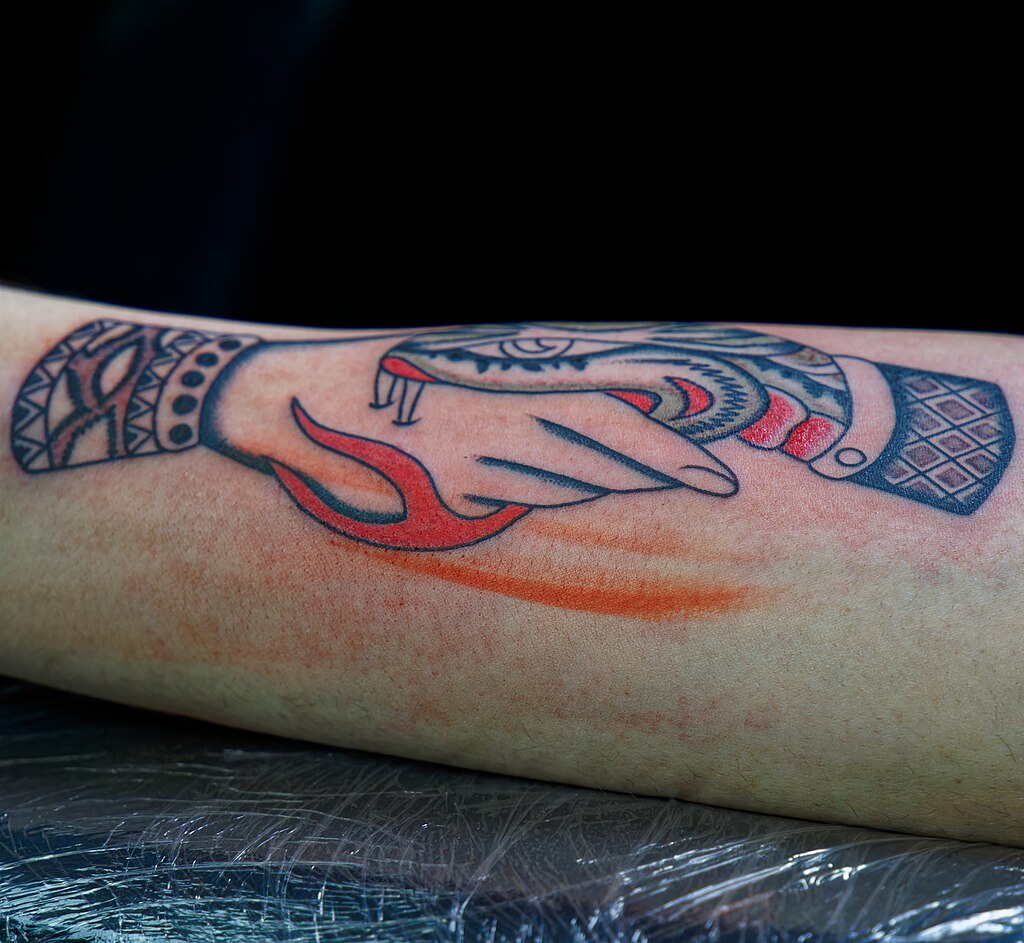From ancient civilizations to contemporary tattoo studios, snakes have slithered their way into human artistic expression across millennia. These fascinating reptiles possess a unique duality in symbolism – representing both death and rebirth, wisdom and temptation, medicine and poison. In the world of modern tattoo art, snakes have emerged as one of the most versatile and meaningful subjects, transcending cultural boundaries and artistic styles. Their sinuous forms perfectly complement the human body’s contours, creating dynamic designs that seem to come alive on the skin. This article explores how snake imagery has evolved in tattoo designs, the rich symbolism behind these creations, and the various styles and techniques artists use to capture these captivating creatures in permanent body art.
The Ancient Roots of Snake Tattoos

Snake tattoos trace their origins back thousands of years, appearing in numerous ancient cultures where they held profound symbolic significance. In Egyptian mythology, the serpent represented royalty and divine protection, while Norse traditions depicted the Midgard serpent encircling the world. Ancient Greek healers adopted the Rod of Asclepius – a snake-entwined staff – as a symbol of medicine, a motif that persists in modern healthcare icons. Archaeological evidence reveals that many tribal cultures incorporated snake motifs in their traditional body marking practices, using rudimentary tattooing methods to connect wearers with serpentine qualities like transformation and renewal. These historical foundations continue to influence contemporary tattoo artists, who often research ancient depictions to create designs that honor these deep cultural roots.
Symbolism and Meaning in Snake Tattoo Designs

The rich symbolism of snake tattoos makes them particularly appealing to those seeking body art with depth and personal significance. In many Eastern traditions, snakes represent wisdom, protection, and spiritual awakening, while Western interpretations often associate them with temptation, rebirth, and healing. The ouroboros – a snake eating its own tail – symbolizes eternity and the cyclical nature of life, making it a powerful choice for those marking significant life transitions. Venomous species like cobras and vipers frequently represent strength, danger, and the balance between life and death in tattoo imagery. Many wearers choose snake designs to reflect personal transformation, having shed old versions of themselves like a snake discards its skin, embracing the reptile’s natural ability to renew itself as a powerful metaphor for personal growth.
Traditional American Tattoo Snake Designs

Traditional American tattoo art, often called “Old School,” embraces snake imagery with bold outlines, limited color palettes, and straightforward compositions that have stood the test of time. Pioneered by artists like Sailor Jerry Collins in the mid-20th century, these designs typically feature snakes coiled around daggers, skulls, eagles, or roses to create symbolic juxtapositions representing concepts like the battle between good and evil. The techniques used emphasize clarity and longevity, with thick black outlines containing flat fields of saturated color that remain recognizable even as they age with the skin. These traditional snake designs have experienced a significant revival in recent years, with contemporary artists honoring the classic imagery while adding subtle modern touches to these timeless pieces. The enduring popularity of traditional snake tattoos speaks to their visual impact and the craftsmanship inherent in their seemingly simple but technically challenging execution.
Japanese Irezumi Snake Tattoos

Japanese tattoo tradition has elevated snake imagery to an art form through irezumi, where serpents play a central role in elaborate, full-body compositions. In Japanese mythology, the snake (hebi) represents good luck, protection, and wisdom, often appearing as messengers of water deities or transformed water dragons. Traditional irezumi snake designs feature distinctive characteristics: the creatures typically have human-like eyes, dragon-inspired facial features, and scales rendered through meticulous, rhythmic patterns that flow with the body’s contours. Master irezumi artists spend years perfecting their techniques, creating snakes that appear to move with the client’s muscles, seemingly alive beneath the skin. These designs often incorporate complementary elements like cherry blossoms, peonies, or mythological figures that enhance the snake’s symbolic meaning within Japanese cultural contexts, creating rich visual narratives that transform the entire body into a living canvas.
Neo-Traditional Snake Interpretations
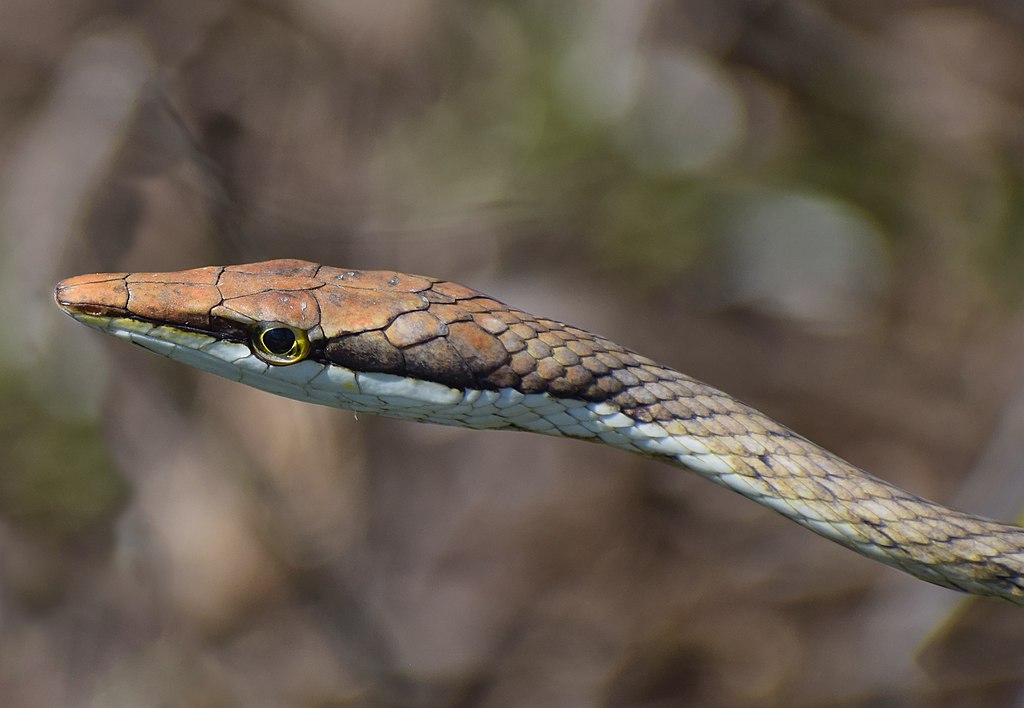
Neo-traditional tattoo style has embraced snake imagery, building upon traditional foundations while incorporating expanded color palettes, enhanced dimension, and more naturalistic details. These designs maintain the bold outlines of traditional work but introduce subtle shading, highlighting, and secondary colors to create more dynamic, visually complex serpents. Artists working in the neo-traditional style often emphasize the snake’s expressive features – particularly the eyes and fangs – to create characterful, almost personified representations that connect emotionally with viewers. Compositionally, neo-traditional snake tattoos frequently incorporate illustrative elements like jewels, geometric patterns, or fantasy elements that weren’t part of the original traditional vocabulary. The style’s popularity has grown tremendously in the digital age, as artists share their interpretations across social media platforms, creating a global dialogue that continues to push the boundaries of how these ancient creatures can be represented in contemporary tattoo art.
Realistic Snake Tattoo Techniques

Photorealistic snake tattoos represent the pinnacle of technical tattooing skill, requiring artists to masterfully recreate the intricate textures, subtle color variations, and natural movement of living serpents. These highly detailed pieces employ advanced techniques like fine-line needlework, meticulous color blending, and sophisticated shading to capture the translucent quality of scales, the gleam of reptilian eyes, and the distinctive patterns that identify specific snake species. Successful realistic snake tattoos require not just technical prowess but extensive biological knowledge, with many specialized artists studying snake anatomy and behavior to inform their work. The popularity of these hyperrealistic designs has coincided with technological advancements in tattoo equipment, including improved needle configurations and more consistent machines that allow for greater precision. Many clients choose realistic snake designs to celebrate their personal connection with specific species, document conservation efforts, or simply showcase their appreciation for the natural beauty of these remarkable creatures.
Minimalist and Geometric Snake Designs

As a counterpoint to elaborate traditional and realistic work, minimalist and geometric snake tattoos have gained significant popularity in contemporary tattoo culture. These designs distill the snake’s form to its essential elements, using clean lines, negative space, and mathematical precision to create striking, modern interpretations. Minimalist snake tattoos might consist of a single, continuous line that captures the serpent’s sinuous motion or a few strategic marks that suggest rather than depict the creature’s form. Geometric approaches transform the organic snake into angular compositions composed of triangles, hexagons, or precise dotwork that creates texture through pattern density rather than traditional shading techniques. These styles particularly appeal to clients seeking subtle, intellectual tattoo designs that reference serpent symbolism without the visual boldness of traditional approaches. The technical challenge in these apparently simple designs lies in their precision – with fewer elements, each line and angle must be perfectly executed to achieve the desired effect.
The Rise of Blackwork Snake Tattoos
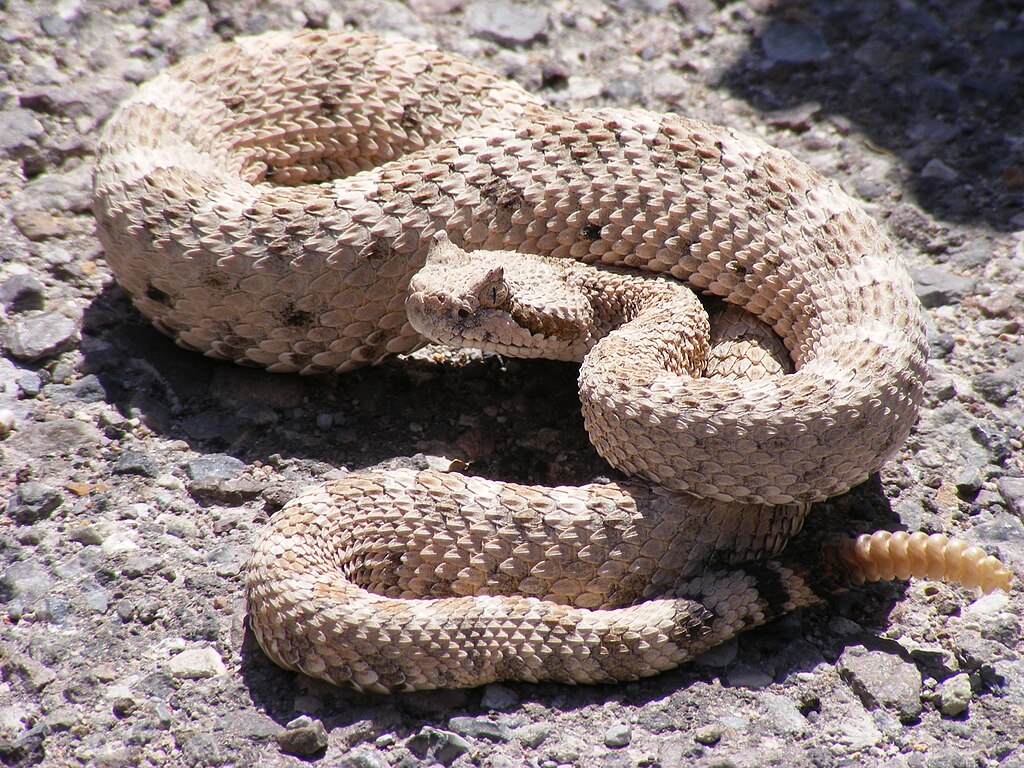
Blackwork tattooing has revolutionized contemporary snake designs, employing solid black ink in various densities to create dramatic, high-contrast pieces with remarkable visual impact. These monochromatic designs range from delicate line art to massive areas of saturated black, often incorporating negative space techniques that use untouched skin to define the snake’s form against darkened surroundings. Many blackwork artists draw inspiration from ancient woodcuts, tribal art, and occult imagery to create snake designs with a primal, ritualistic quality that resonates on a deep psychological level. The technical approach emphasizes the relationship between positive and negative space, creating optical effects as the tattoo interacts with the body’s natural contours and movement. While traditional tattooing often focuses on filling space with color and detail, blackwork snake designs embrace emptiness as an essential component, creating tension between presence and absence that gives these pieces their distinctive power and mystery.
Cultural Appropriation Considerations in Snake Tattoos
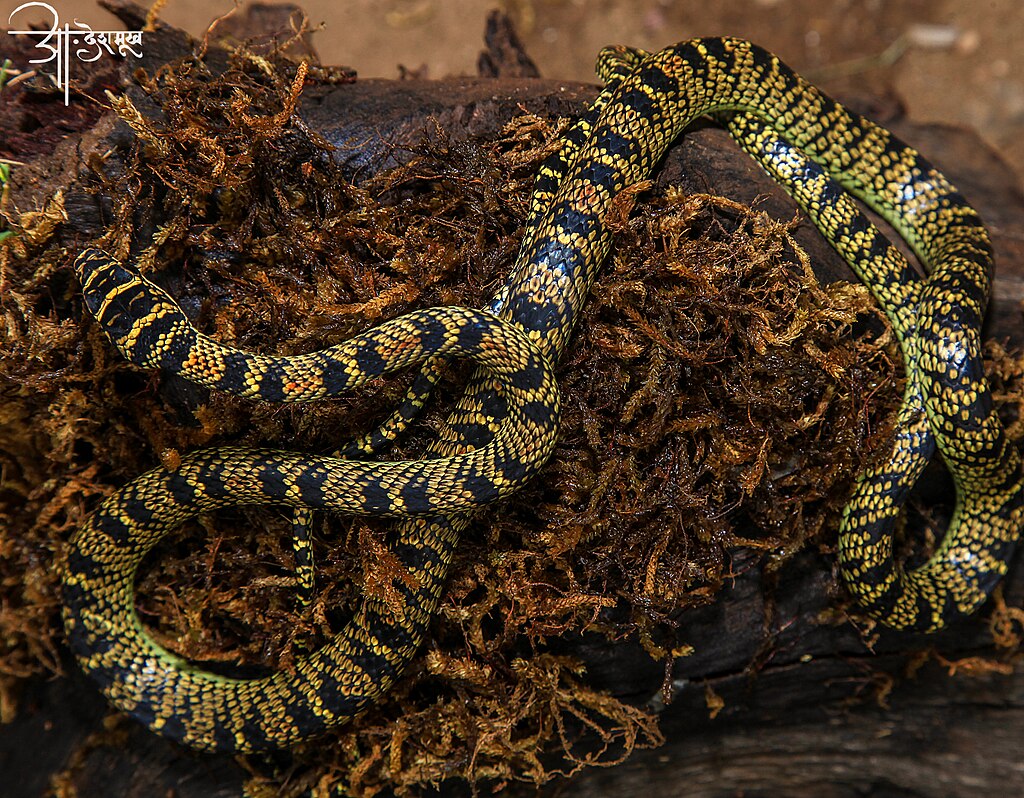
As snake tattoos draw inspiration from diverse cultural traditions, ethical artists and informed clients increasingly navigate complex questions about cultural appropriation versus appreciation. Sacred serpent imagery from indigenous traditions – such as the Aztec feathered serpent Quetzalcoatl or Aboriginal Rainbow Serpent – requires particular sensitivity, as these designs often carry spiritual significance beyond their aesthetic appeal. Responsible tattoo artists research the origins and meanings of traditional snake motifs, consulting with cultural experts when appropriate and educating clients about the significance behind their chosen designs. Many contemporary practitioners emphasize the difference between borrowing aesthetics without context versus meaningful cultural exchange that honors the source tradition’s values and beliefs. This evolving conversation has led some artists to specialize in revitalizing their own cultural tattoo traditions, creating modern snake designs that maintain authentic connections to specific heritage while acknowledging the global nature of today’s tattoo community.
Snake Tattoo Placement and Body Harmony
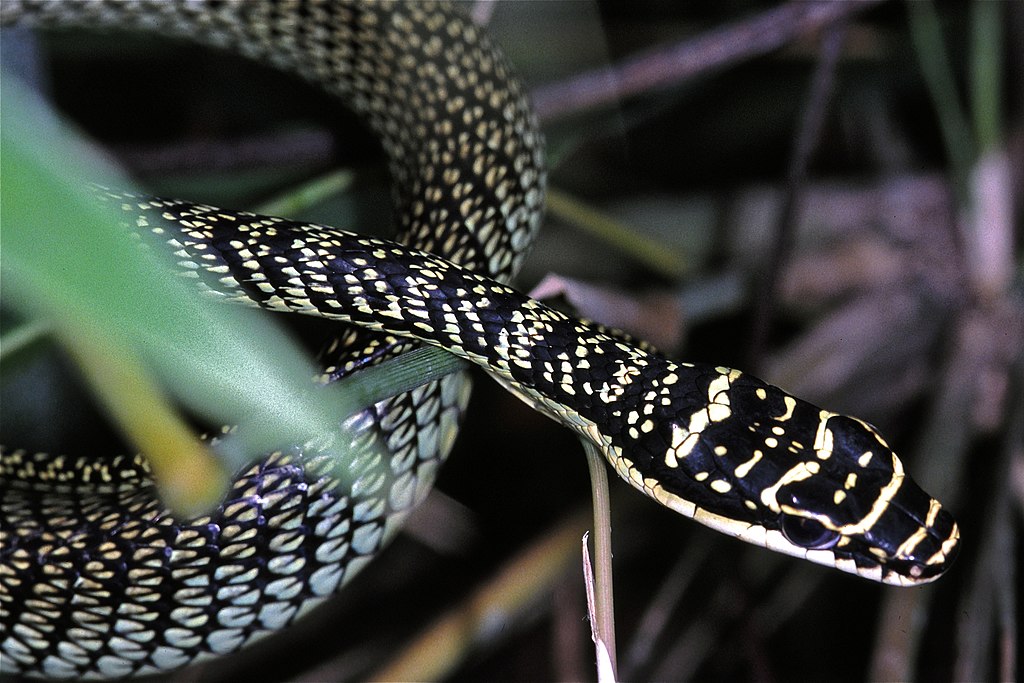
The serpentine form of snakes makes them uniquely suited to complement human anatomy, with thoughtful placement enhancing both the design and the body it adorns. Long, sinuous snake designs naturally follow the body’s curves, wrapping around limbs, spiraling across the back, or flowing along the spine in compositions that seem to animate with movement. Forearm placements allow snake heads to emerge from sleeves, while thigh and side-body locations provide expansive canvases for larger, more elaborate pieces. Experienced tattoo artists consider how muscles and skin will shift with movement and aging, designing snake tattoos that maintain their integrity and beauty throughout the wearer’s lifetime. The intimate relationship between serpentine forms and human anatomy creates a visual synergy rarely achieved with other tattoo subjects, making placement decisions crucial to the overall success of the design. Many collectors plan snake tattoos as centerpieces that can connect other elements in larger body projects, using the creature’s versatile form to create cohesion across multiple tattoo sessions.
Celebrity Influence on Snake Tattoo Trends

High-profile celebrities have significantly influenced the popularity and evolution of snake tattoo designs through their highly visible body art choices. Pop star Justin Bieber’s prominent rose-and-snake neck tattoo sparked intense interest in similar placements among younger tattoo enthusiasts, while actress Zoë Kravitz’s delicate snake design popularized minimalist interpretations. Tattoo-focused reality shows have further amplified this influence, with programs like “Ink Master” showcasing technical approaches to snake imagery that are subsequently requested in tattoo studios worldwide. Social media platforms have accelerated this celebrity influence, with Instagram and Pinterest becoming virtual galleries where fans can study their favorite celebrities’ snake tattoos in detail before approaching artists with similar concepts. While this visibility has introduced many newcomers to the artform, experienced tattoo artists often work to educate clients about adapting celebrity-inspired designs to better suit individual anatomy and personal significance rather than creating direct copies. This celebrity effect continues to drive innovation as high-profile collectors seek increasingly original interpretations of serpent imagery to distinguish their body art.
Contemporary Innovations in Snake Tattoo Designs

Today’s tattoo artists continually push boundaries in their snake designs, introducing innovative techniques and unexpected stylistic fusions that redefine what’s possible in serpent imagery. Surrealist approaches transform snakes into impossible forms – morphing into other objects, fracturing into geometric fragments, or incorporating optical illusions that challenge perception. Digital-inspired glitch effects and cyberpunk aesthetics have entered the repertoire, creating snakes that appear to exist between digital and organic realms. Advances in ink technology have expanded possibilities further, with UV-reactive pigments creating snake designs that transform under blacklight, revealing hidden elements or alternative appearances in different lighting conditions. Some pioneering artists explore animated tattoo concepts using specialized placement techniques that create the illusion of movement as the wearer’s body shifts, particularly effective with serpentine forms. These innovations reflect broader trends in contemporary art while honoring the snake’s enduring symbolic power, demonstrating how this ancient motif continues to inspire creative evolution in permanent body art.
The Future of Snake Tattoo Artistry

As tattoo art continues evolving, snake designs appear poised for further transformation, incorporating emerging technologies and responding to shifting cultural attitudes. Augmented reality applications already allow viewers to see animated versions of snake tattoos through smartphone screens, suggesting future possibilities where the boundary between static and dynamic tattoo art may blur. Bio-responsive inks in development could potentially create snake tattoos that change color based on body temperature or environmental conditions, mimicking the thermosensitive qualities of actual reptiles. The growing acceptance of tattoos in professional settings has expanded the client base seeking snake imagery, driving demand for increasingly sophisticated and personalized designs. Environmental concerns may further influence snake tattoo trends, with endangered species awareness contributing to conservation-themed pieces that celebrate biodiversity. Despite these technological and cultural changes, the fundamental appeal of snake imagery – its rich symbolism, natural elegance, and perfect harmony with human anatomy – ensures these designs will continue slithering across human skin for generations to come, constantly shedding old forms to reveal new artistic possibilities.
Throughout human history, snakes have maintained their powerful grip on our collective imagination, seamlessly transitioning from ancient religious icons to contemporary tattoo designs without losing their essential symbolic power. Modern tattoo artists have transformed these primordial creatures through diverse styles and techniques, creating works that range from traditional flash to hyperrealistic portraits, minimalist line work to elaborate blackwork compositions. As tattoo technology advances and cross-cultural artistic exchange accelerates, snake designs continue to evolve while remaining rooted in their rich symbolic heritage. Whether chosen for their transformative symbolism, aesthetic beauty, or cultural significance, snake tattoos represent one of the most enduring and versatile subjects in the tattoo world – a perfect marriage of natural form and human creativity that continues to inspire both artists and collectors worldwide.

